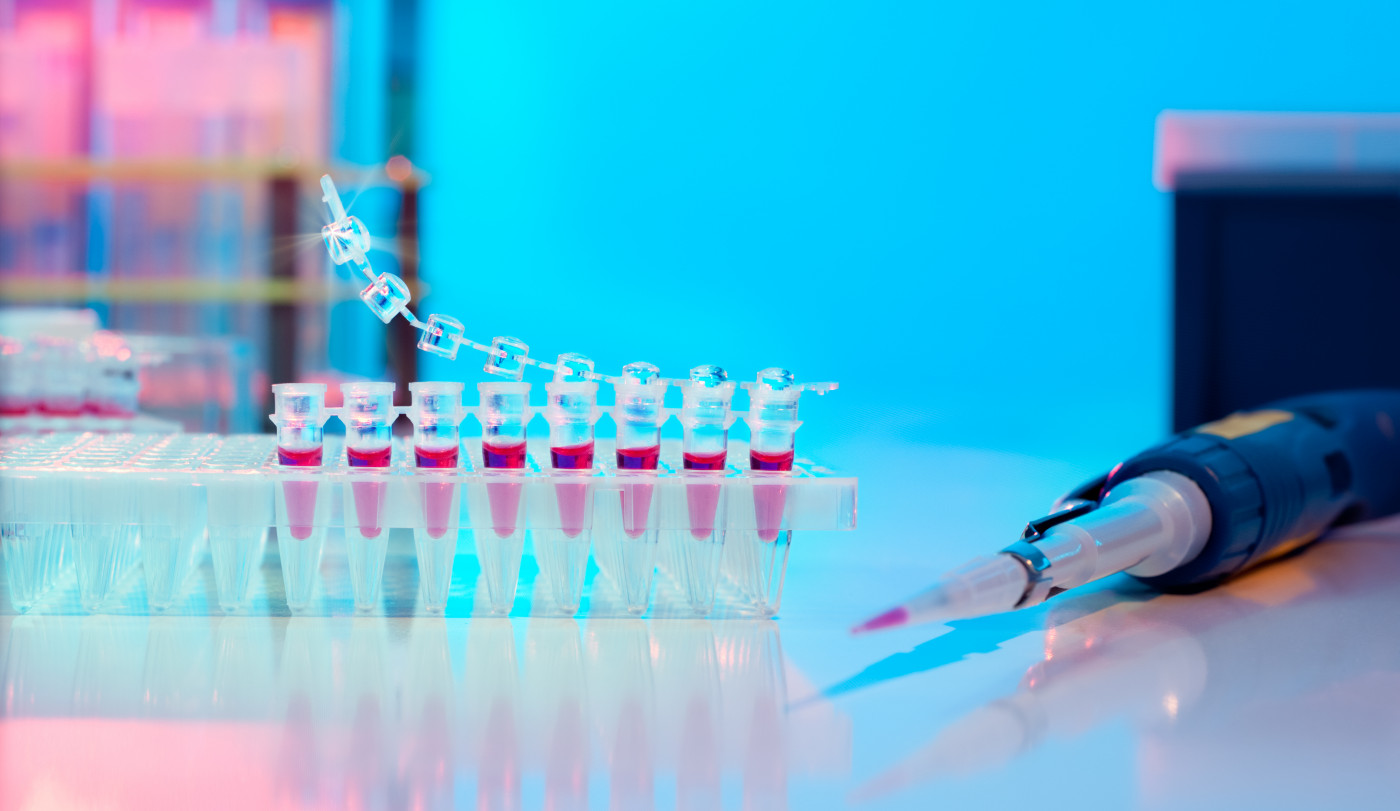Interleukin-22 May Be Biomarker to Monitor How Well RRMS Patients Respond to Therapy

The levels of the inflammatory molecule interleukin-22 (IL-22) may be used as a potential biomarker to evaluate disease severity and the effectiveness of treatments in patients with relapsing-remitting multiple sclerosis (RRMS), a new study shows.
The study, “Impact of interferon β-1b, interferon β-1a and fingolimod therapies on serum interleukins-22, 32α and 34 concentrations in patients with relapsing-remitting multiple sclerosis,” was published in the Journal of Neuroimmunology.
Multiple sclerosis is a chronic autoimmune disease of the central nervous system, and studies indicate that pro-inflammatory molecules called cytokines are major drivers for the development and progression of the disease. That is why the levels of different inflammatory cytokines may have potential as markers to monitor disease severity and how patients are responding to treatment.
IL-22, IL-32α, and IL-34 are three different cytokines that have been detected in patients with various inflammatory diseases, and are thought to have either pro-inflammatory or anti-inflammatory properties. However, very few studies have investigated the role of these cytokines in MS.
So, researchers conducted a study to evaluate the levels of IL-22, IL-32α, and IL-34 in the serum (a component of blood) of RRMS patients, and to assess how well these cytokines correlate with the level of MS-associated disability — evaluated through the expanded disability status score (EDSS).
Furthermore, researchers assessed the changes in these interleukins after treatment with three disease-modifying therapies: interferon beta-1b (Betaferon/Betaseron, marketed by Bayer; Extavia, marketed by Novartis), interferon beta-1a (Avonex, sold by Biogen; Rebif, marketed by EMD Serono), and fingolimod (Gilenya, by Novartis).
Results showed a higher concentration of IL-22, but not IL-32α or IL-34, in untreated patients with RRMS compared to healthy individuals.
Interestingly, treatments with both types of interferon and Gilenya led to a significant decrease in levels of IL-22 and IL-32α, but not IL-34, after six and 12 months of treatment, compared to their initial concentrations before starting treatment.
Further analysis revealed that the levels of serum IL-22 and — to a lesser extent — IL-32α were correlated positively with the EDSS score. Those results suggest that the lower the IL-22 levels, the lower the disability score.
That’s why the team believes that IL-22 can be used as a tool to monitor how well patients are responding to treatment.
“IL-22 and, to a lesser extent IL-32α, may be potential marker for MS disease severity and efficacy of DMDs [disease-modifying drugs]. Meanwhile, there is no relation between the therapeutic mechanism of the used DMDs and the concentration of IL-34 in the blood circulation,” the researchers wrote.






